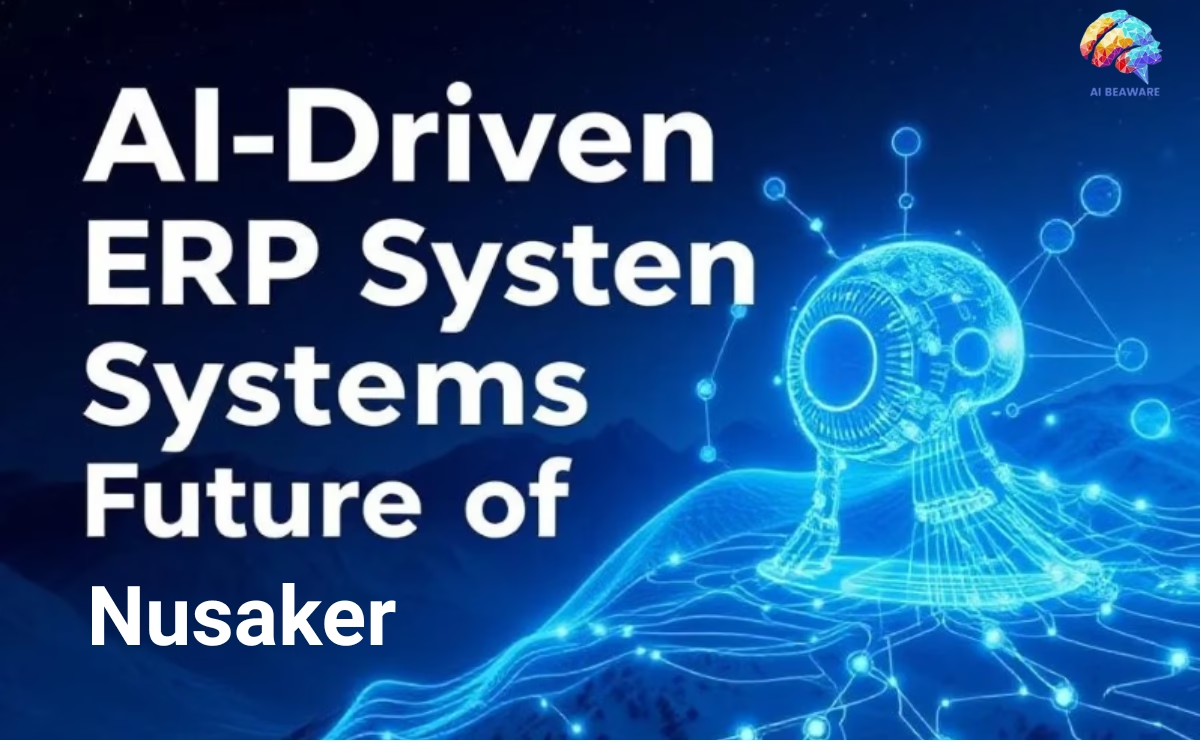Table of Contents
Relationship Between Machine Learning and Generative AI:
Complementing several subfields including machine learning (ML) and generative AI, the vast and continually changing realm of artificial intelligence (AI) For anyone working in artificial intelligence—from data scientists to developers and enthusiasts—knowing the link between these two areas is vital. The complex relationship between machine learning and generative AI will be explored in this blog post, with focus on their practical uses, learning tools, and nocode solutions for constructing data science models.
Introduction
Once a futuristic idea, artificial intelligence has become something essential in our daily lives. Machine learning, which is a branch of artificial intelligence, is the training of algorithms on data to make forecasts or decisions not explicitly set. By learning patterns from existing data, generative AI on the contrary emphasizes on producing fresh materials—images, text, or music. One must investigate the interplay and complementarity of these systems in order to completely understand their possibilities and uses.
Practical Artificial Intelligence Machine Learning Data Science
Machine learning and generative AI are related how?
Generative AI and machine learning depend on each other. By supplying models and techniques able of learning from data, machine learning underpins generative AI. In turn, generative AI uses these styles to generate fresh figures that mimic the educational data. From image creation to natural language processing, many practical uses make this relationship clear.
In natural language processing, for example, machine learning models might be trained on enormous text data sets to grasp language patterns. Then generative AI models like GPT4 can apply this knowledge to create coherent and contextually meaningful text, imitating human authors. In the same way, machine learning models can be trained in image processing to identify patterns in images, and generative adversarial networks ( GANs) can produce fresh images that seem remarkably lifelike.
Applications in the Real World
Machine learning algorithms investigate and grasp human language; meanwhile, generative AI generates new text, paving the way for chatbots and automatic content creation.
Using large data of visual information, GANs—a kind of generative AI—learn to produce authentic images and films.
Learning patterns from already created music, generative artificial intelligence can produce original music and thus present fresh tools for artists and composers.
Machine learning models pick out possible drug candidates; generative AI creates new molecular structures, thereby speeding the drug discovery process.
PDF of artificial intelligence and machine learning solutions for developers
materials on artificial intelligence and machine learning
Many tools in the form of PDFs, internet courses, and books are available to people aiming to dig more into artificial intelligence and machine learning. Theoretical underpinnings, practical uses, and sophisticated methods in AI and device learning are covered in these materials.
Laurence Moroney’s thorough manual “AI and Machine Learning for Coders” is provided in PDF form and gives a practical introduction to artificial intelligence and machine learning. It goes over machine learning basics, neural networks, and TensorFlow applications in practice.
Deep Learning” via Ian Goodfellow, Yoshua Bengio, and Aaron Courville: This text offers a profound understanding of a subset of system getting to be known as deep learning focuses on neural networks with several layers.
Understanding the mathematical underpinnings of machine learning and pattern recognition calls for this book by Christopher Bishop.
Courses on artificial intelligence and machine learning, sometimes with PDFs for offline study, are available on platforms such Coursera, edX, and Udacity.
Simple Tasks
Working on handson projects is vital in reinforcing one’s knowledge of artificial intelligence and machine learning. These initiatives might span from rudimentary model building to sophisticated applications like natural language handling tools and image identification systems. Applying theoretical awareness to practical issues gives you important experience and understanding of the limitations and possibilities of these technologies.
Machine learning building data science solutions using No Code AI
NoCode Platforms Rise
Rising need for artificial intelligence and machine learning solutions has driven the creation of nocode systems. Users can create, teach, and deploy system learning models using these routines without writing a single line of code.
This democratizes AI and machine learning, making these technologies accessible to a broader audience.
Advantages of NoCode Artificial Intelligence and Machine Learning
Noprogram structures help people with limited or no programming expertise to construct artificial intelligence and system mastering models, therefore reducing the barrier to entry.
Compared to conventional coding, creating models on nocode platforms is much faster and allows for quick prototyping and distribution.
Nocode solutions reduce the need for employing specialized developers, therefore increasing the costeffectiveness of artificial intelligence and system learning projects.
Top NoCode Systems
DataRobot offers a thorough nocode solution for developing and deploying machine learning models. An EasyML model can be created from unprocessed data using its automatic machine learning (AutoML) tools.
Through an intuitive interface, Google’s Teachable Machine allows consumers to train machine learning models using their own data. Particularly useful in short prototyping and educational contexts is it.
Using its nocode platform called Driverless AI, H2O.ai automates machine learning models construction and deployment. It offers model validation and automatic feature generation amongst other capabilities.
Developing data science solutions
The way data science solutions are created is being transformed by nocode platforms. Companies can use these channels to rapidly create and distribute artificial intelligence and machine learning models to address a broad spectrum of issues from consumer segmentation to predictive analysis.
Just as a marketing team could build a machine learning model using nocode technology to forecast consumer churn depending on past data. The model can next be used to find atrisk consumers, which would enable the team to be proactive in keeping them.
Final Notes
Machine learning and generative AI rely on each other and work synergistically. Generative AI leverages the models underlying generative AI to produce fresh and creative material; machine learning gives the algorithms and models underpinning generative AI. Realizing this link is essential to maximising artificial intelligence and its uses in different sectors. From practical use cases in natural language processing and image generation to learning tools and nocode platforms for constructing data science solutions, the interaction of machine learning and generative AI still drives AI technology forward. Embracing these technologies enables people and companies to use artificial intelligence to solve difficult issues and generate fresh ideas.
Frequently Asked Questions (FAQs)
Q1: Mainly, how does generative AI differ from machine learning?
Generative AI generates new content similar to the training data—pictures, text, or music—while machine learning is all about training algorithms to make forecasts or decisions based on information.
Q2: What techniques does generative AI apply to machine learning models?
Machine learning models let generative artificial intelligence glean patterns from available information. These models produce fresh data that imitate the qualities of the training data.
Q3: May I study artificial intelligence and machine learning with no coding groundwork?
Nocode platforms and resources like “AI and Machine Learning for Coders” offer easy means for people without a programming background to study and use AI and machine learning.
Q4: How can artificial generative intelligence be practically used?
Among other things, generative AI has real uses in music composition, video and photograph generation, natural language processing, and drug discovery.
Q5: What advantages do nocode AI and machine learning platforms offer?
Using nocode platforms, consumers may create and distribute machine learning models without much coding knowledge because they offer access, speed, and costeffectiveness. You can remain at the vanguard of artificial intelligence technology and use its capacity for innovation and problemsolving by investigating the link between machine learning and generative AI and using free resources and nocode platforms. This democratizes AI and machine learning, making these technologies accessible to a broader audience.







